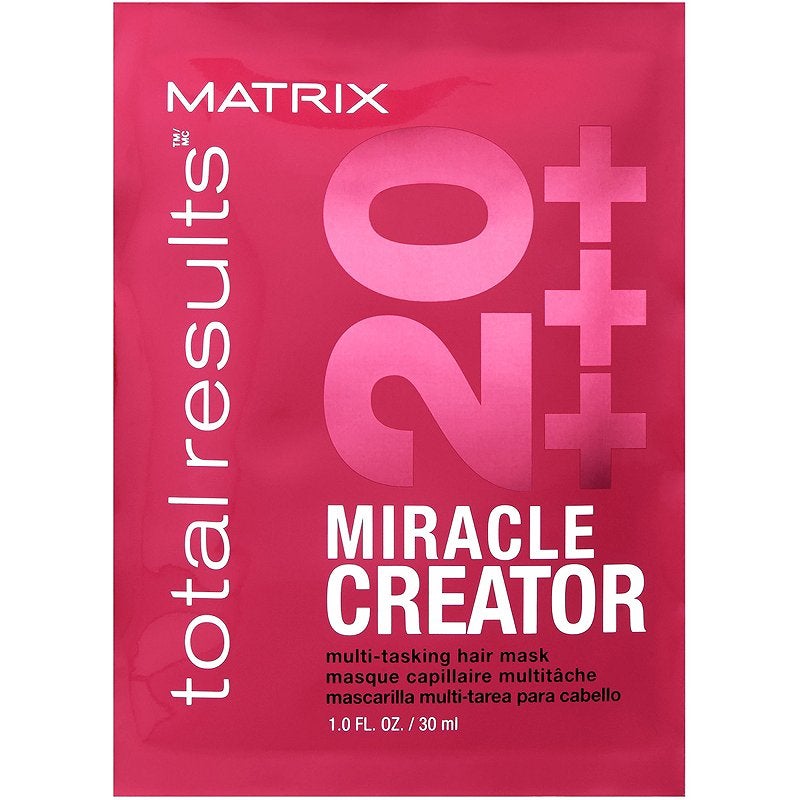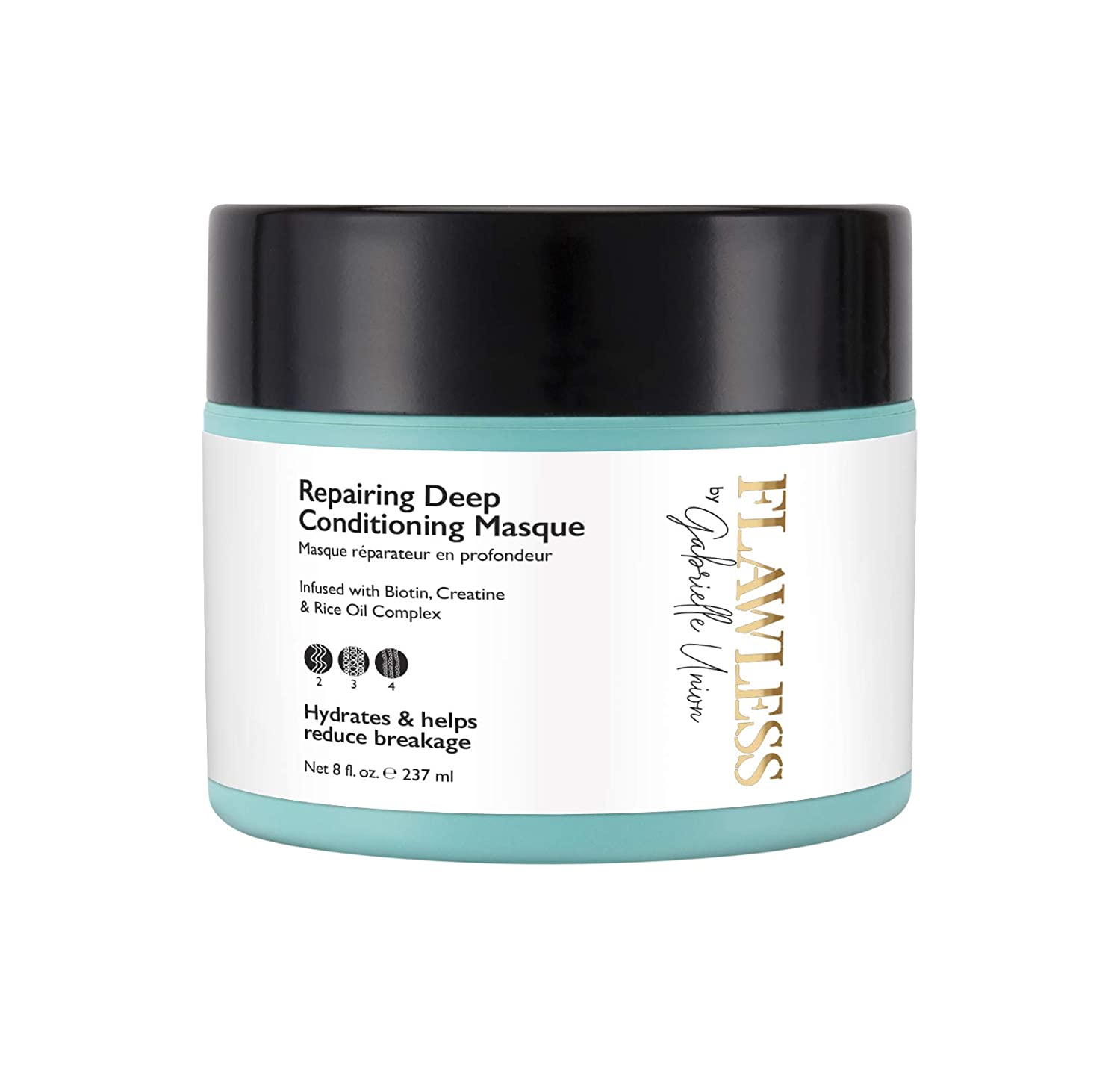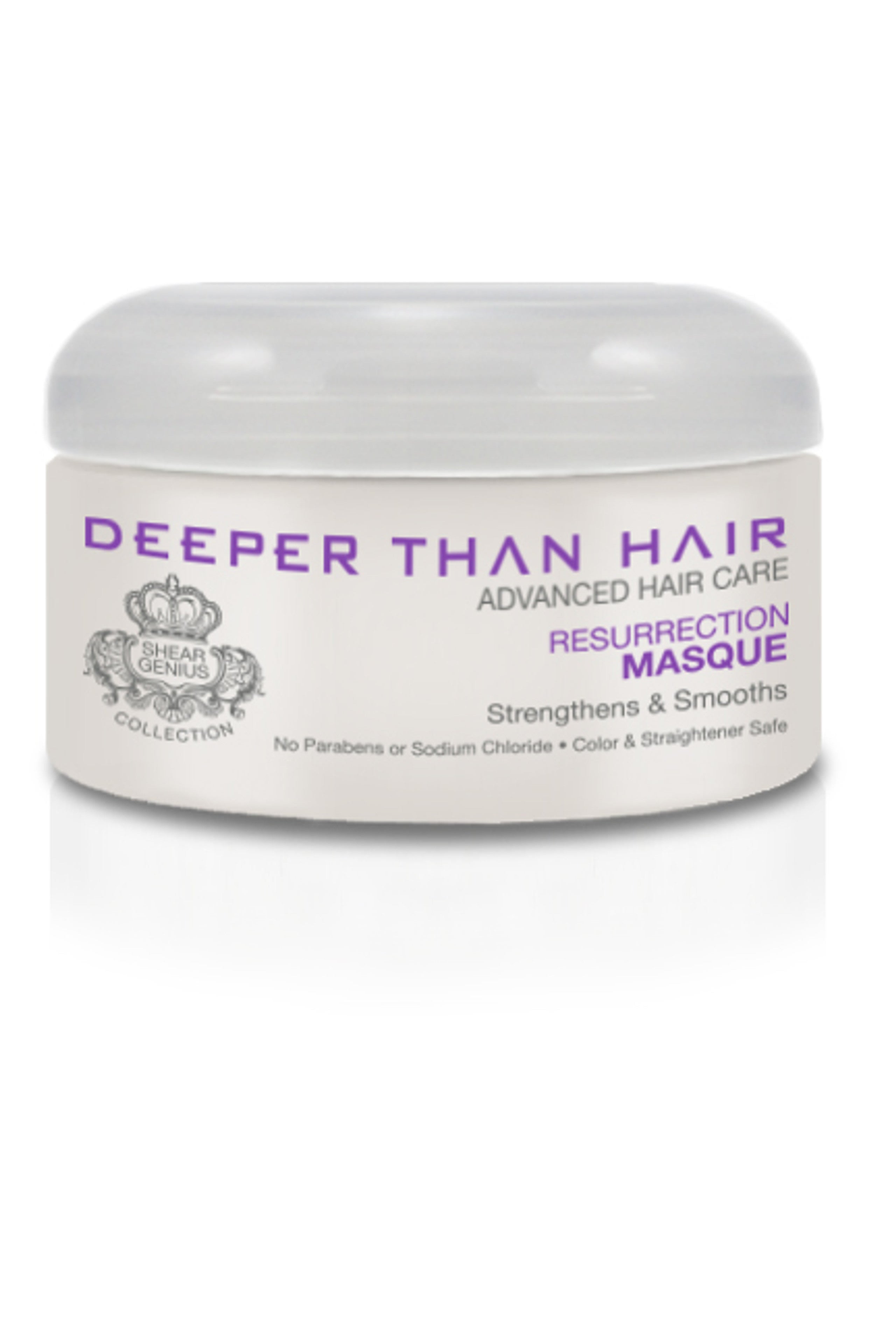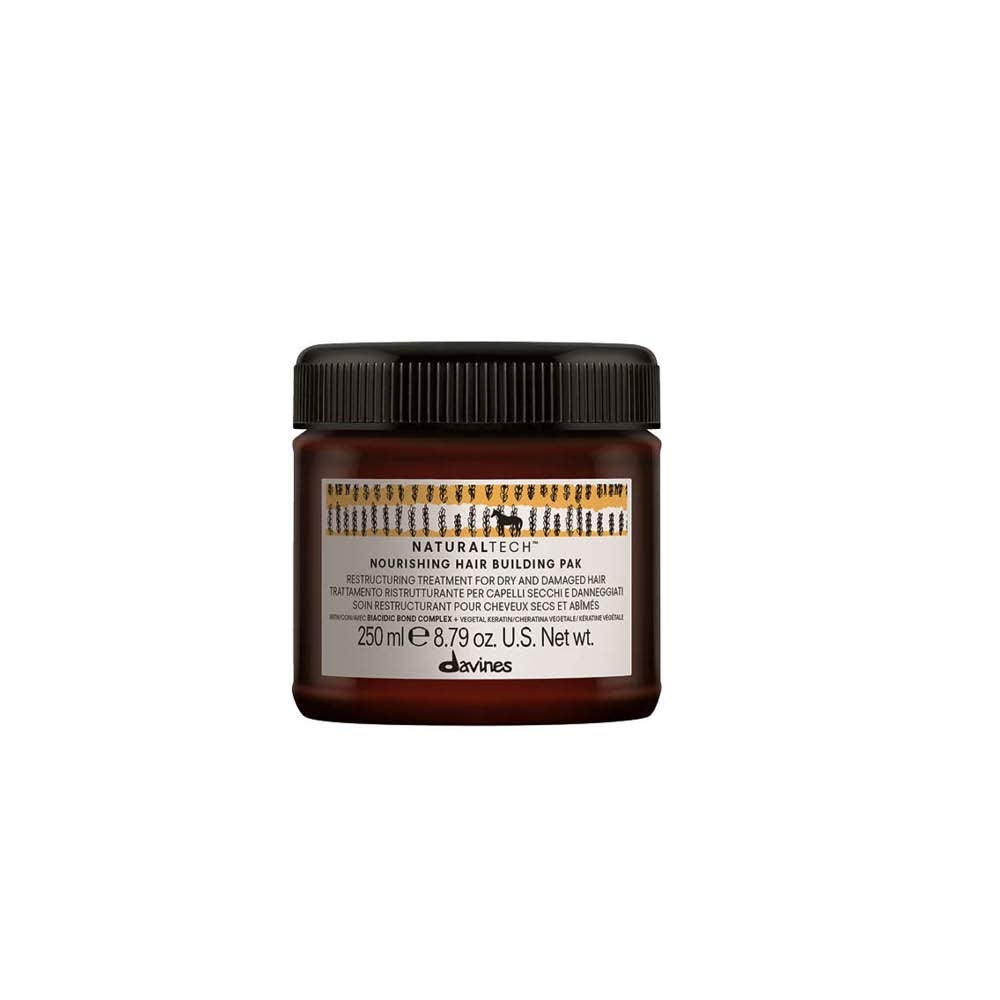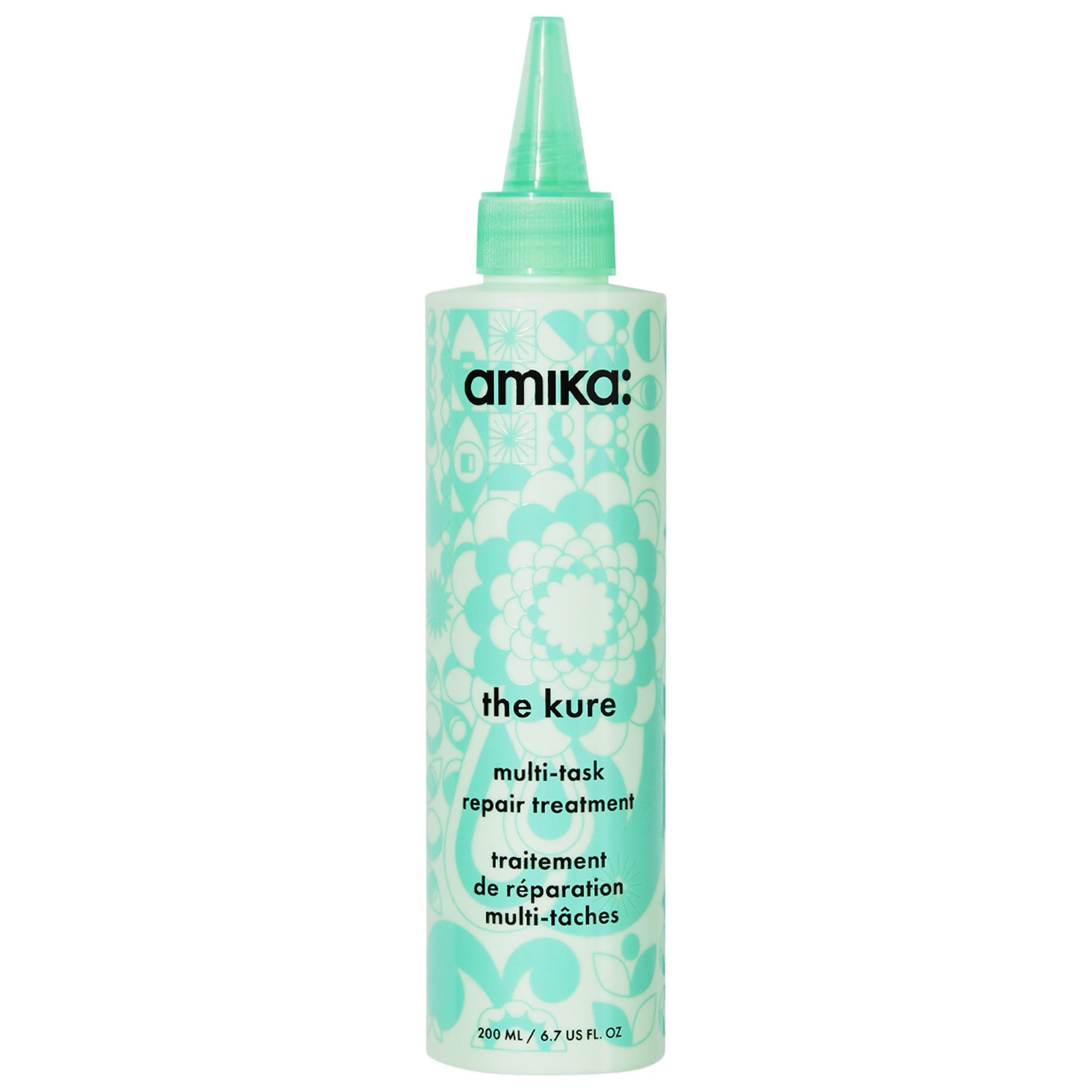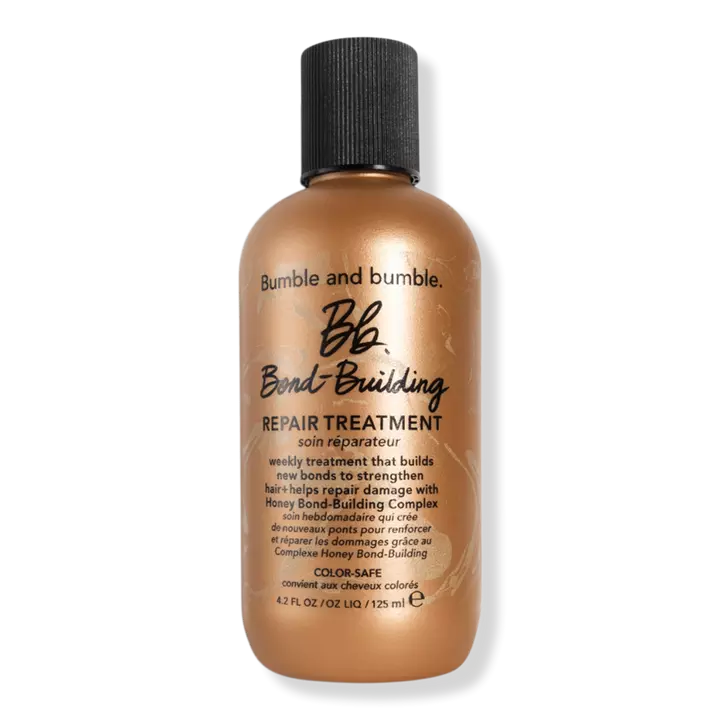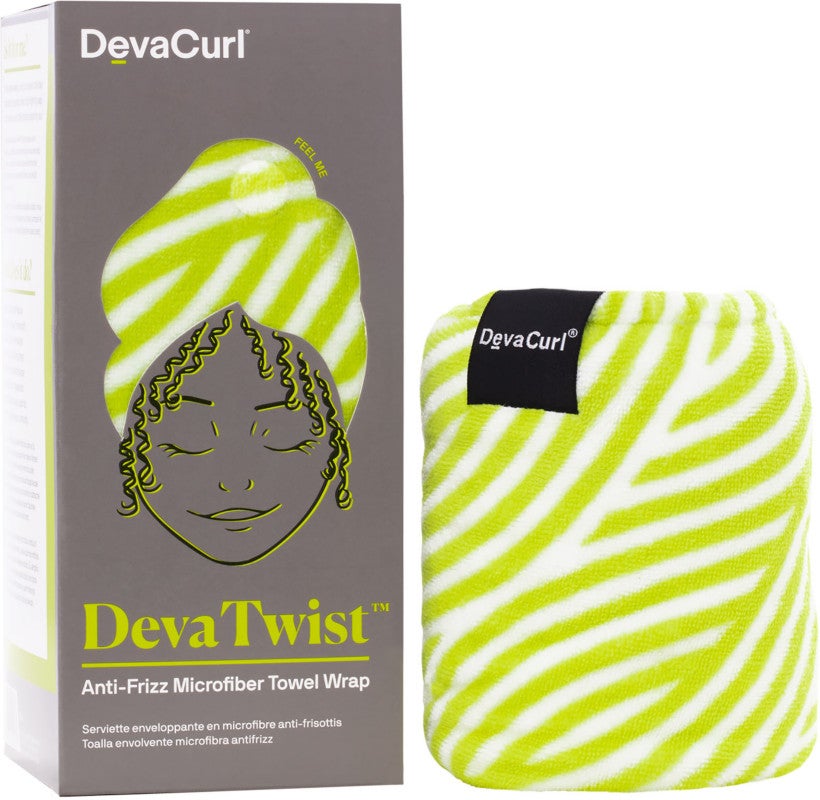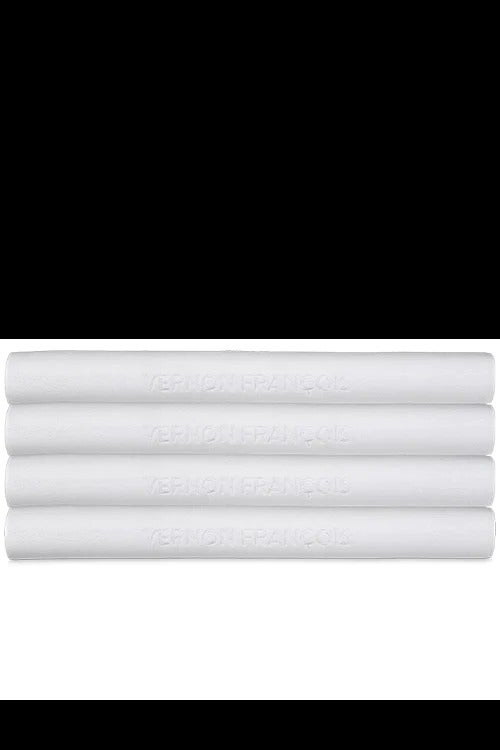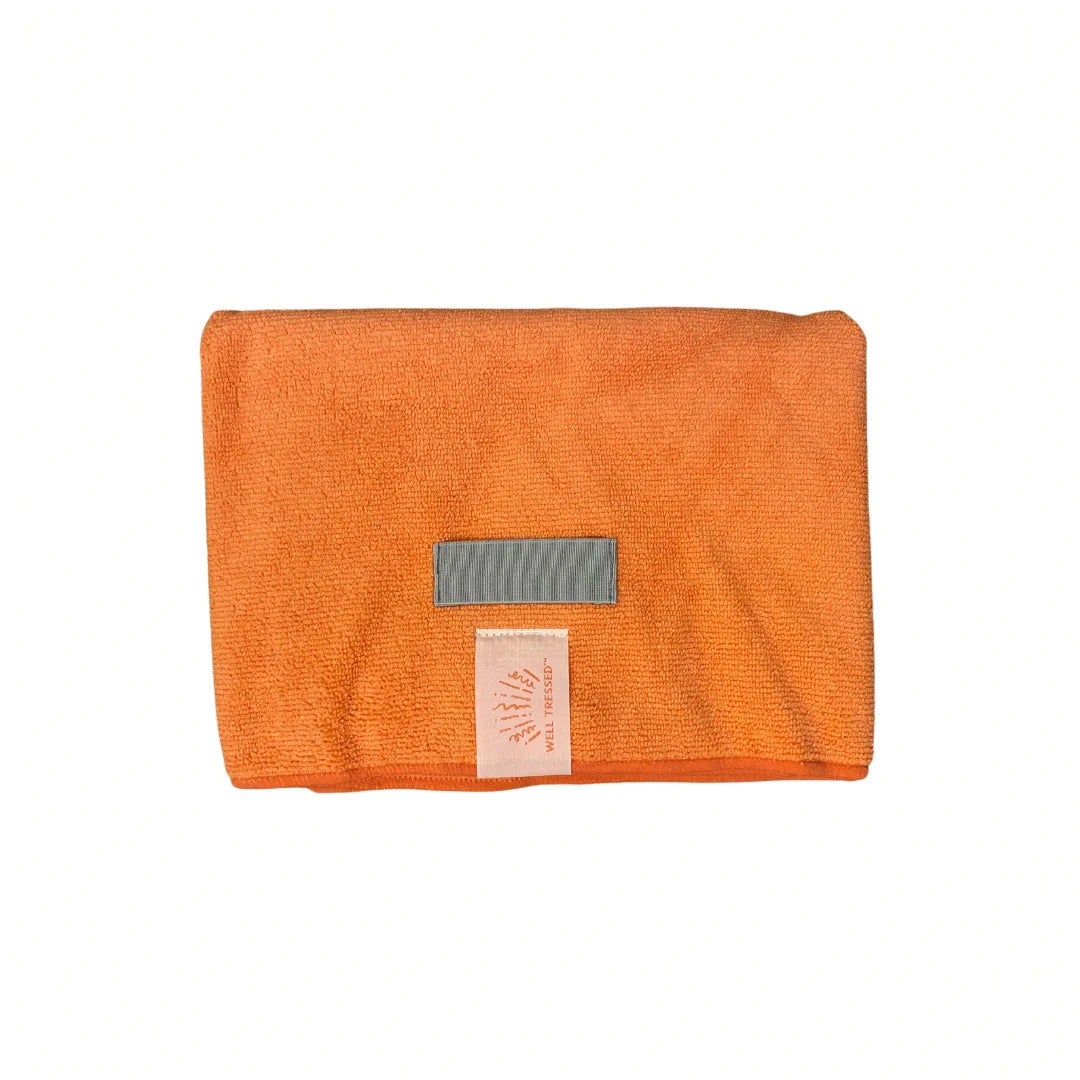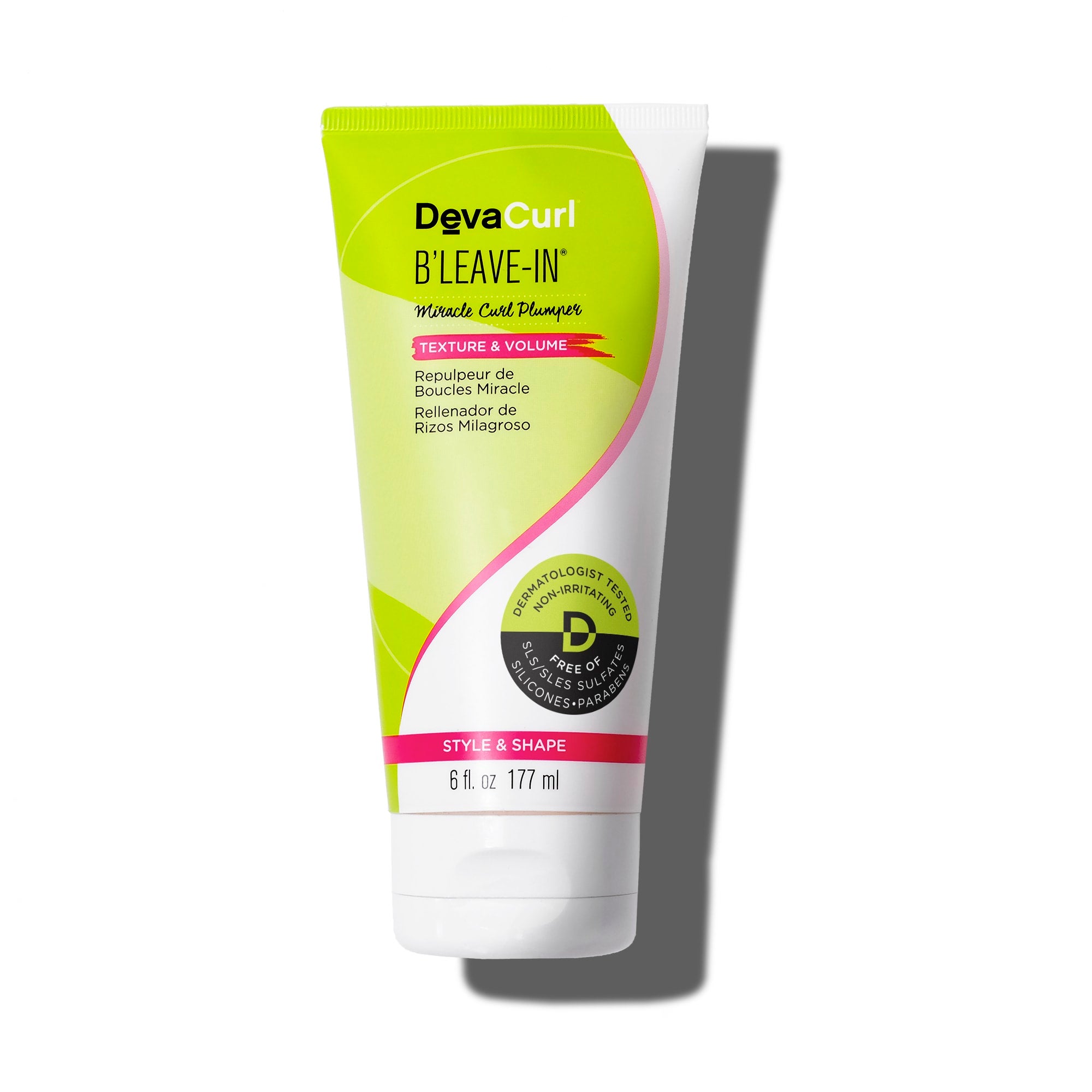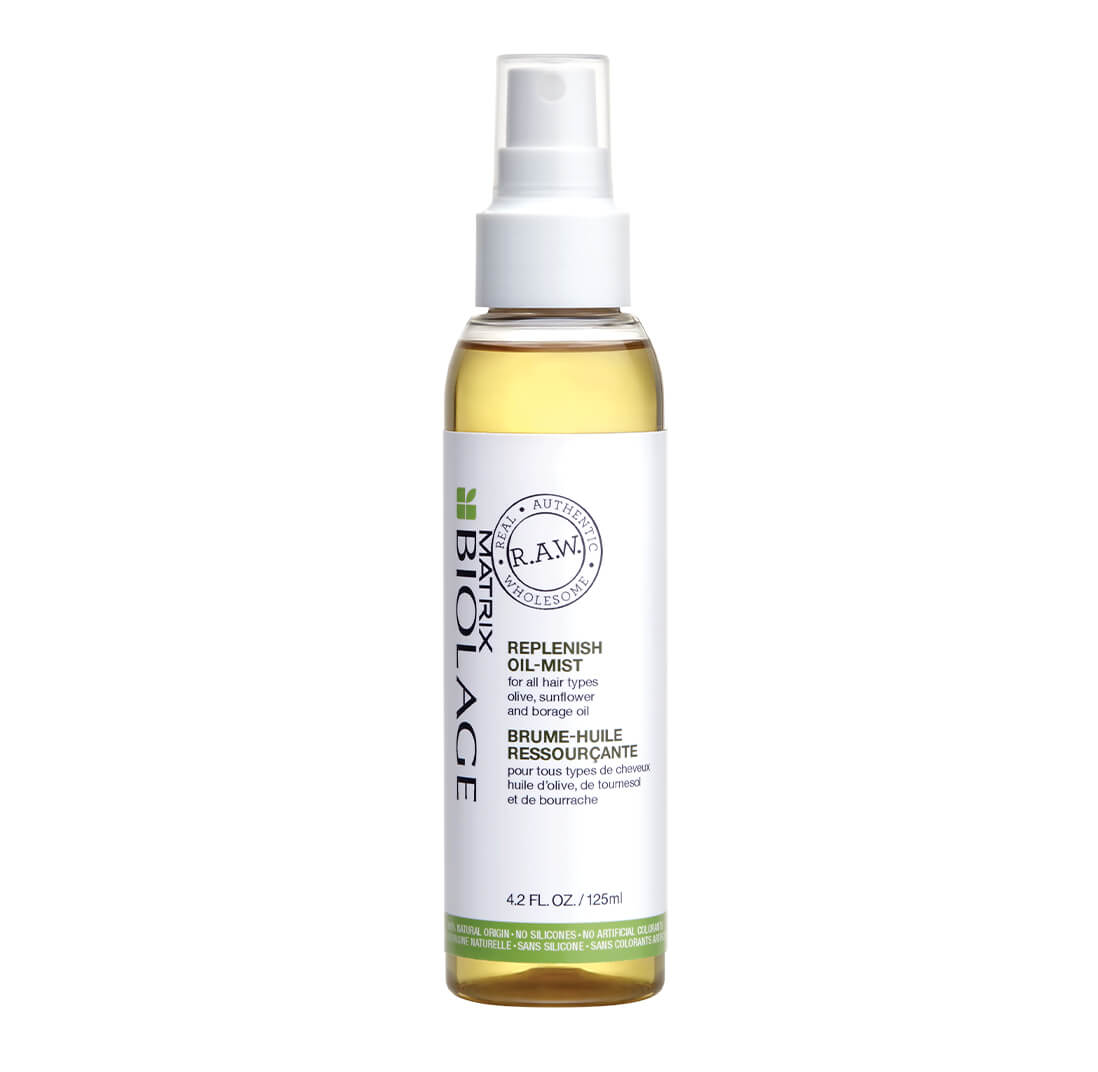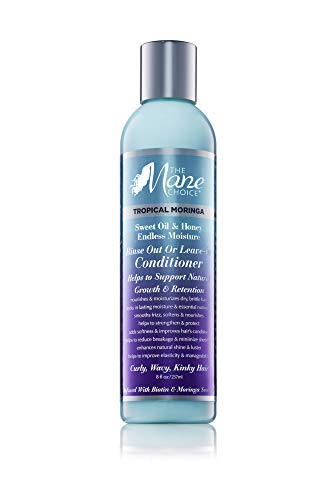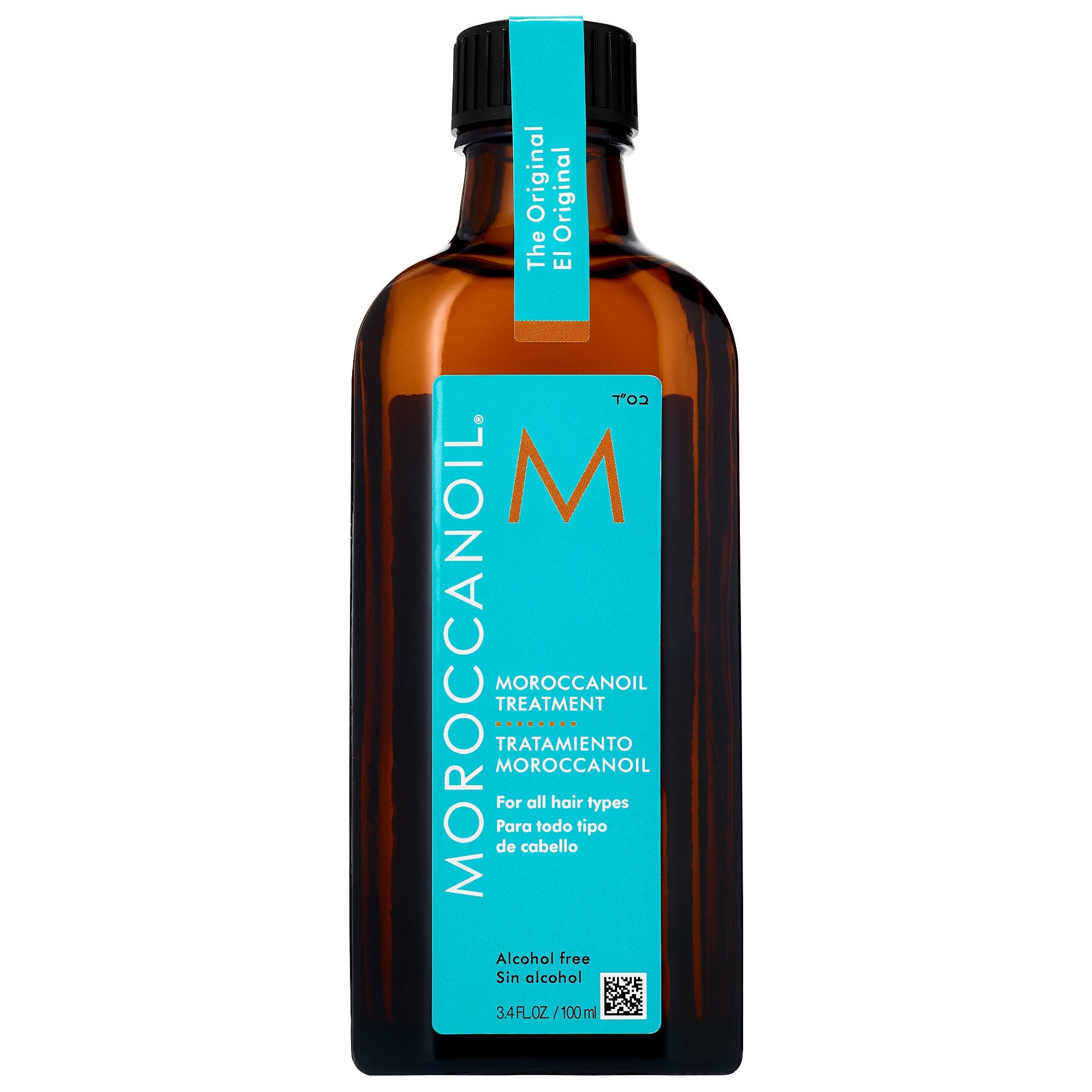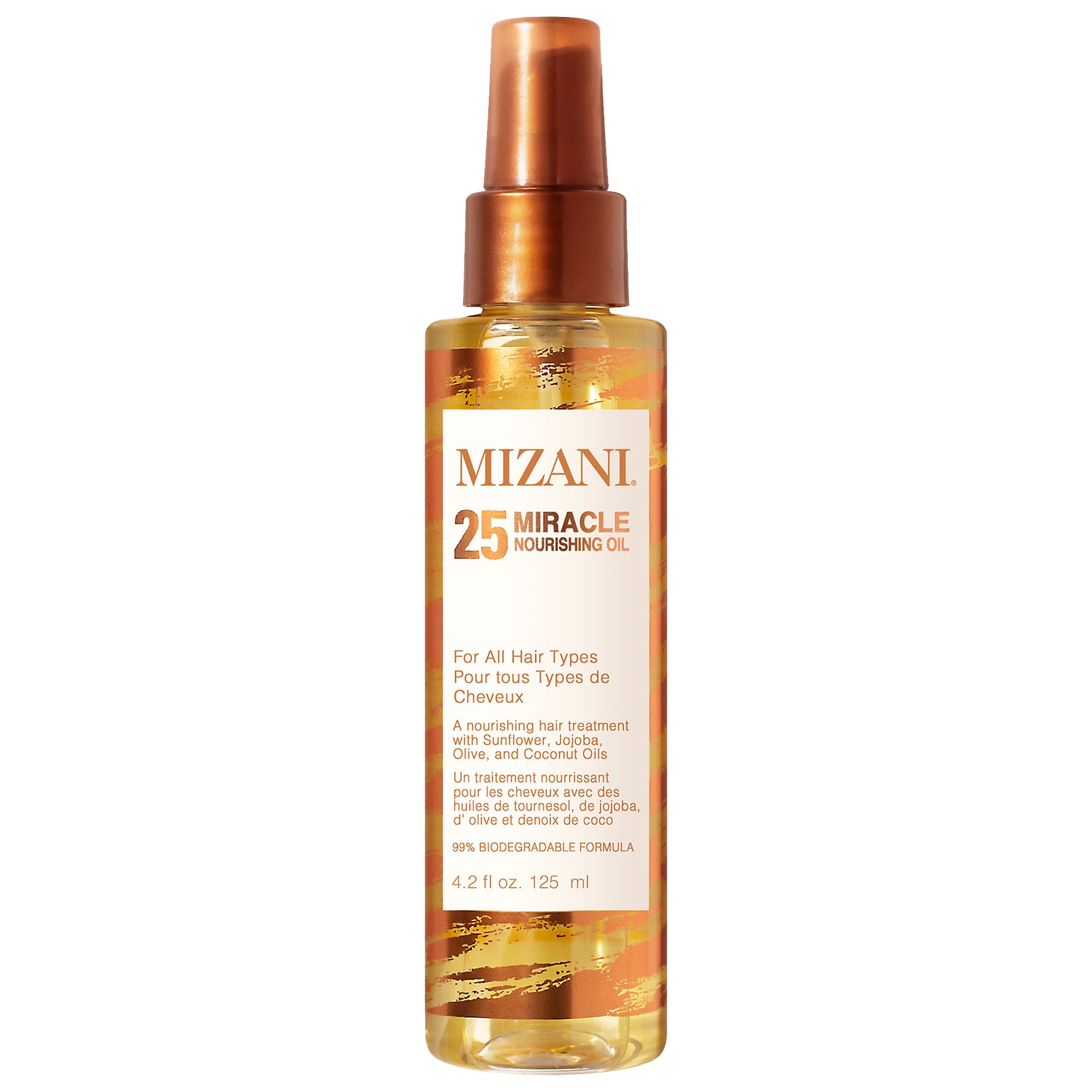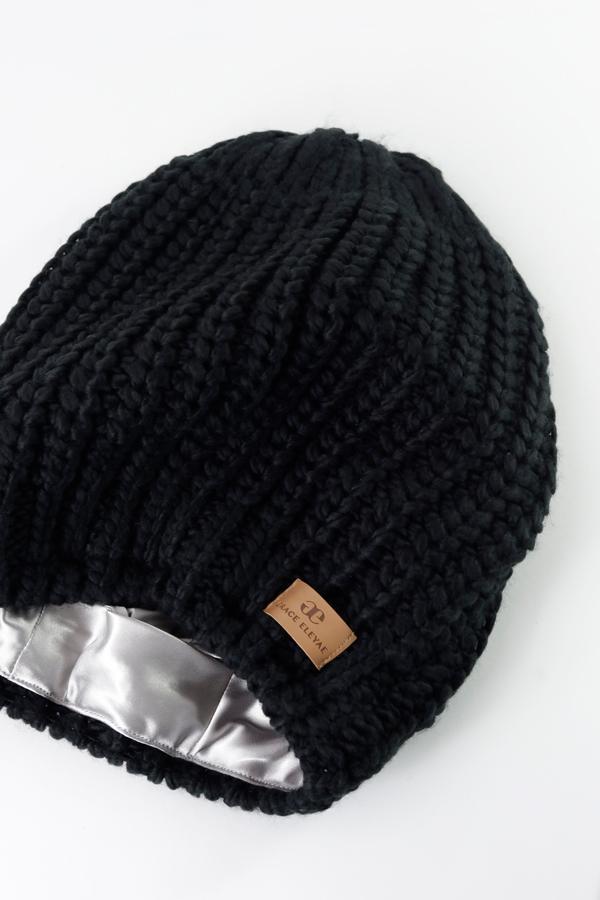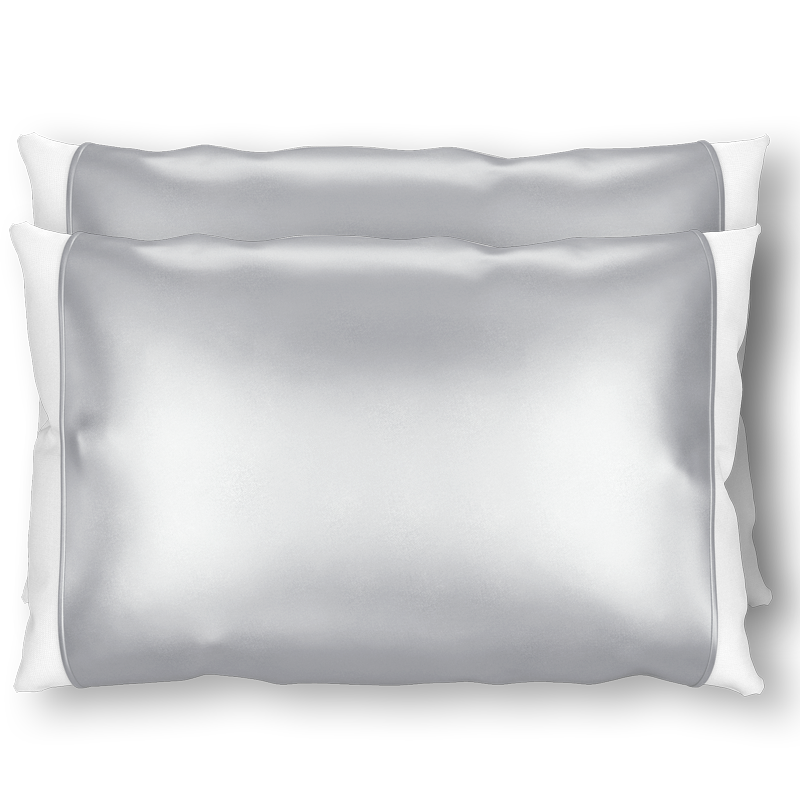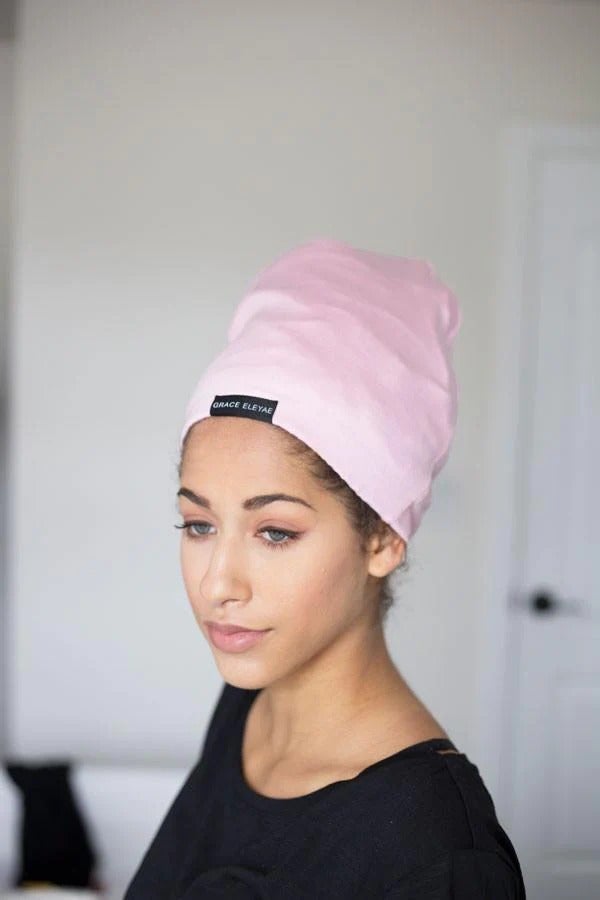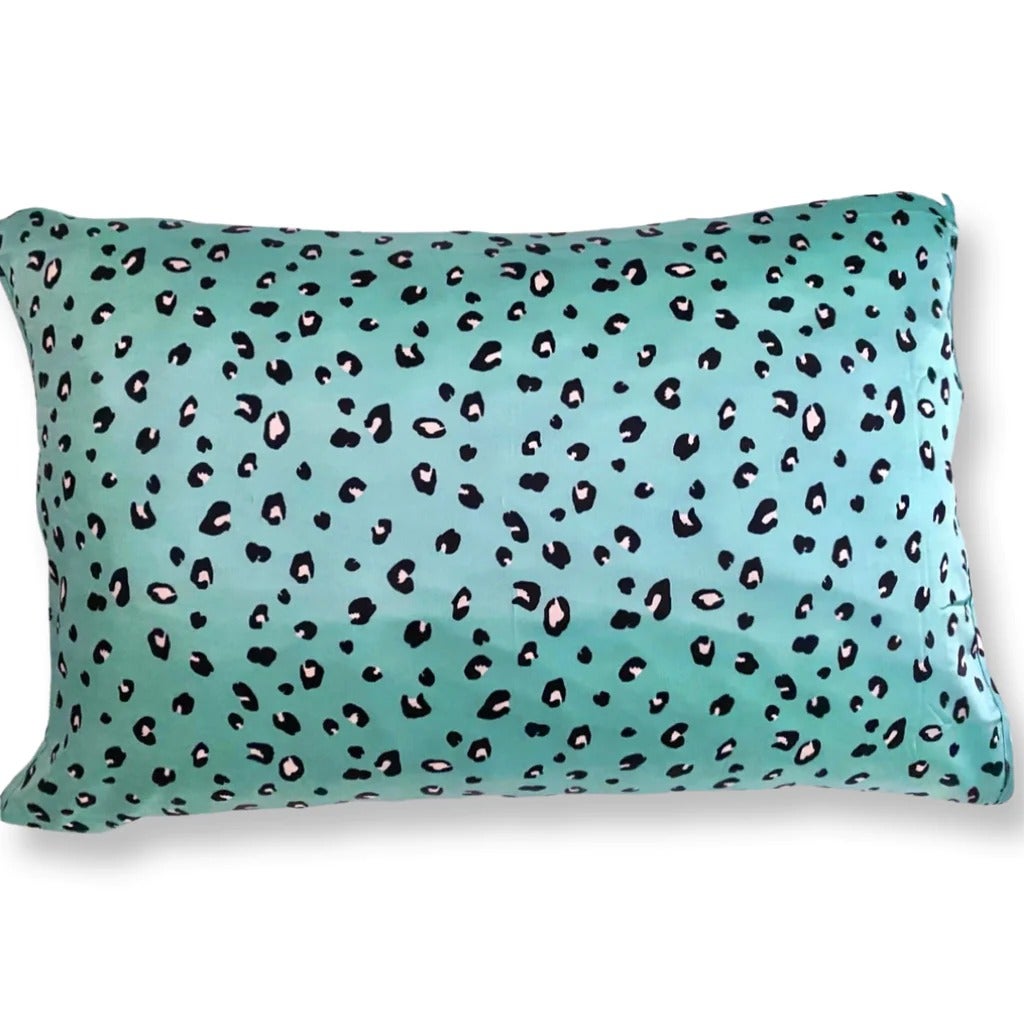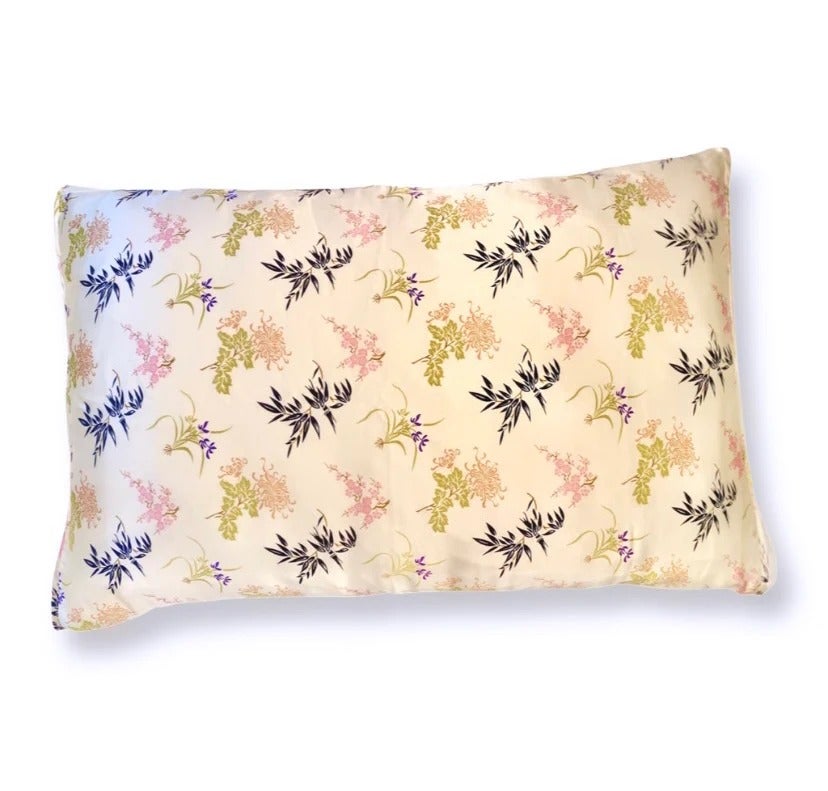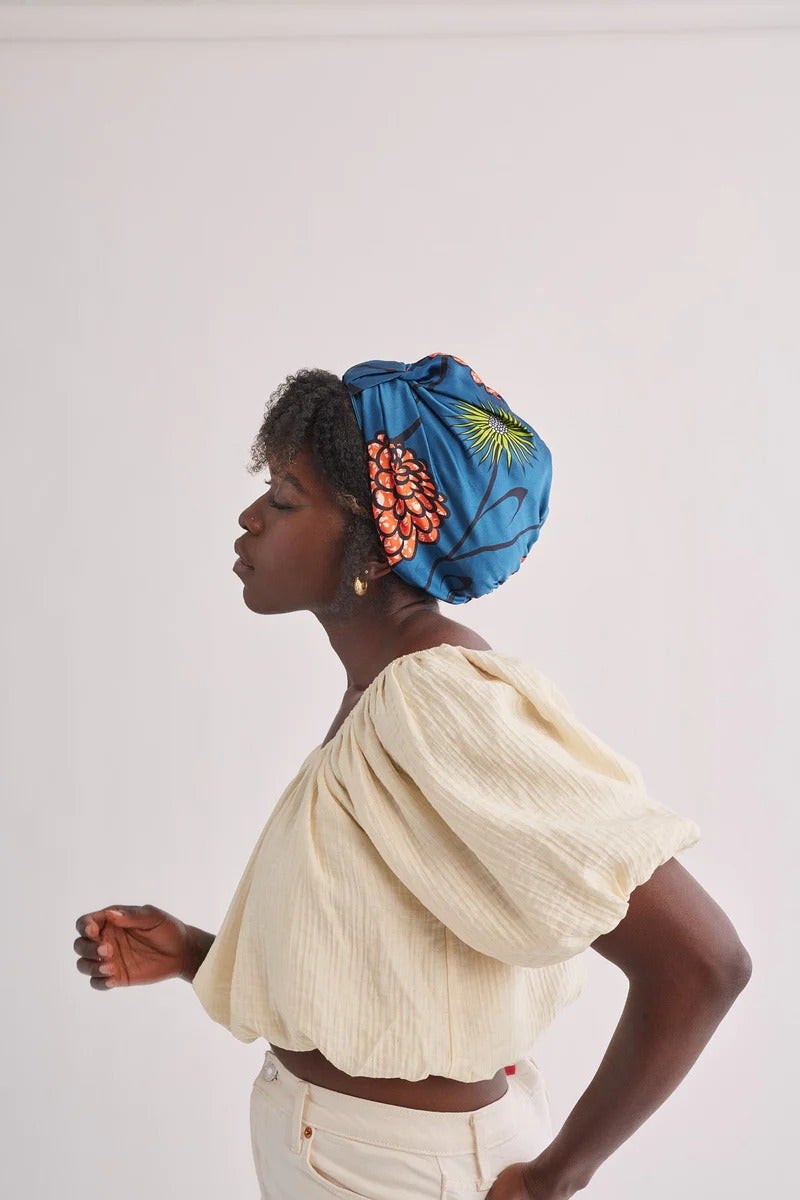The Pro-Approved Guide To Caring For Natural Hair In The Winter
Double up on deep conditioner.
Make sure your hair is dry after styling.
O'Connor says that regular towels can disturb the cuticle, leading to frizz and tangles. She says the key to effectively using a microfiber towel is to use the "plop" method, which helps absorb water and maintain definition. "Lay the towel flat, flip your head over, and gently place your curls in the towel," she explains. "Grab the ends of the towel and start twisting, creating twists on each side and clip them together to secure." For maximum definition and to get the most water out of your hair, O'Connor says to wait 30 minutes before removing the towel.







